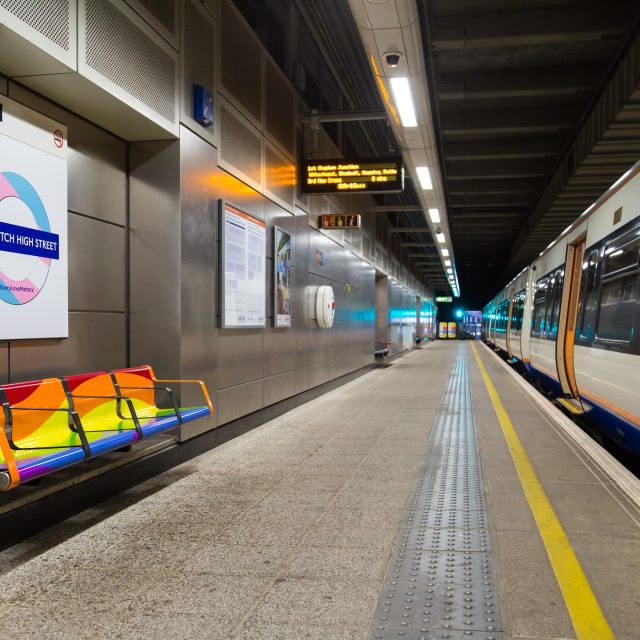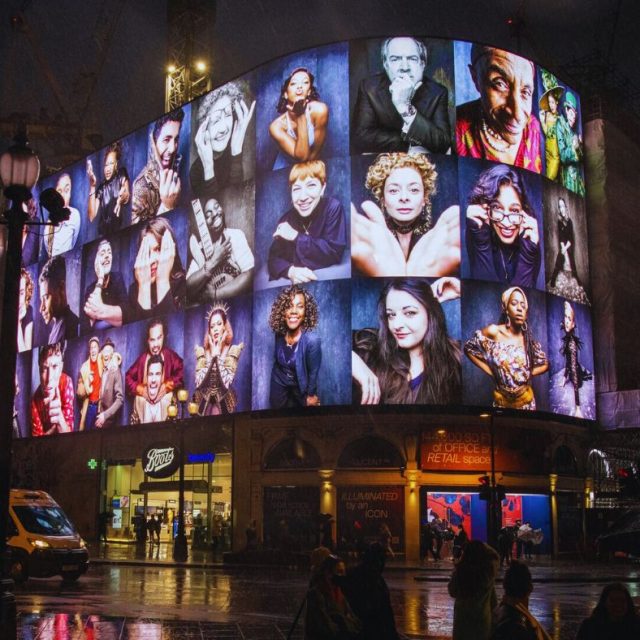Cultural Inclusion at the Core: London’s Vision for All Citizens
London is the capital of the United Kingdom and Europe’s most visited city, with tourists drawn to its historic architecture and cultural offering

Cultural Heritage
Founded by the Romans two thousand years ago, London has held the status of a major world city, forging connections through centuries of international trade. The impact of Britain’s early industrial revolution meant that London remained the world’s largest city for most of the 19th century and into the 20th century. Today, it boasts a population of nine million, reflecting a diversity that mirrors its global economic significance and identity: 37% of Londoners were born outside of the UK, 40% identify as Black, Asian, or Minority Ethnic, and over 300 languages are spoken.
Embracing Change
After the decline of Britain’s industrial base, London preserved its economic and cultural vitality through its advanced service industries. It has emerged as one of the world’s foremost centres for financial, business, and creative services, encompassing a wide spectrum of strengths such as film and television, fashion, publishing, music, and design, in addition to a rapidly growing tech sector. The city’s creative energy, cultural diversity, and rich heritage serve as compelling magnets, drawing millions of visitors each year, many of whom flock to some of the globe’s most renowned museums, including the British Museum, Tate Modern, and the National Gallery.
However, despite its economic success and cultural prestige, London grapples with stark inequalities. Approximately 27% of Londoners live in poverty, marking the highest rates in the UK. Research reveals that London also contends with some of the most pronounced disparities in cultural participation, both demographically and geographically. In some of the town centres in outer London, there exist sizeable populations but with notably inadequate access to arts and cultural amenities.

The Role of the Policymaker
The Mayor’s 2018 Culture Strategy, titled ‘Culture for All Londoners,’ placed cultural inclusion at the core of its vision. This strategy encompasses four key priorities: enabling more citizens to experience and engage in culture within their local communities, providing support for the preservation and sustainability of cultural spaces, investing in a diverse creative workforce for the future, and positioning London as a global creative powerhouse.
Furthermore, the Mayor’s London Plan, the capital’s spatial and urban development strategy, includes a dedicated chapter with new policies aimed at safeguarding and nurturing culture and heritage throughout London. For the first time, London’s planning systems now offer protection to artist studios, grassroots music venues, as well as pubs and clubs. The plan places a primary focus on achieving ‘good growth,’ with the aim of creating a more socially integrated and sustainable city. This represents a significant and transformative step forward in London’s development.
The Future
Londoners are grappling with escalating property prices, housing shortages, rent hikes, and a steep cost of living. This, in turn, exerts pressure on cultural spaces, all of which are susceptible to the surge in rates and rents. Both the Mayor’s London Plan and the Culture Strategy have integrated the principle of “good growth” into all their initiatives, including the establishment of Creative Enterprise Zones—designated areas designed to provide support for artists and creative businesses, enabling them to establish themselves and thrive.
This undertaking assumes even greater significance as London emerges from the challenges posed by the Covid-19 pandemic and navigates a new landscape following Brexit, as it adjusts to life outside of the European Union.
© Images Courtesy of Getty/Canva; Greater London Authority




